Property Geek
We provide the actual and accurate information with unbiased user driven reviews to our viewers, to help them see the best and find the best!
View posts
A lintel, meaning a structural part that rests across openings like windows, doors, etc., carries the load of the structure above it. The main purpose of the lintel beam is to support the loads originating from above the wall and pass such loads to the side walls. These beams are made of various materials and are rectangular in plan and section. The ends of a lintel beam are constructed into the wall, and the width of the beam and the width of the wall are equal.
Between 1/12 and 1/8 of the span, the width of the lintel can be equal to the depth and thickness of the opening. The width of a lintel beam should be at least 4 inches (100 mm).
The following is a list of some of the main strengths of using lintel beams in construction:
Now comes the purpose of lintel beams in buildings:
These beams are used to prevent the walls above windows and doors from damage. By support we mean, the lintel beams withstand the loads exerted by the bricks or blocks above them by diverting the load onto the side walls. The lintel beam is also used as an occasional decorative element in architecture.
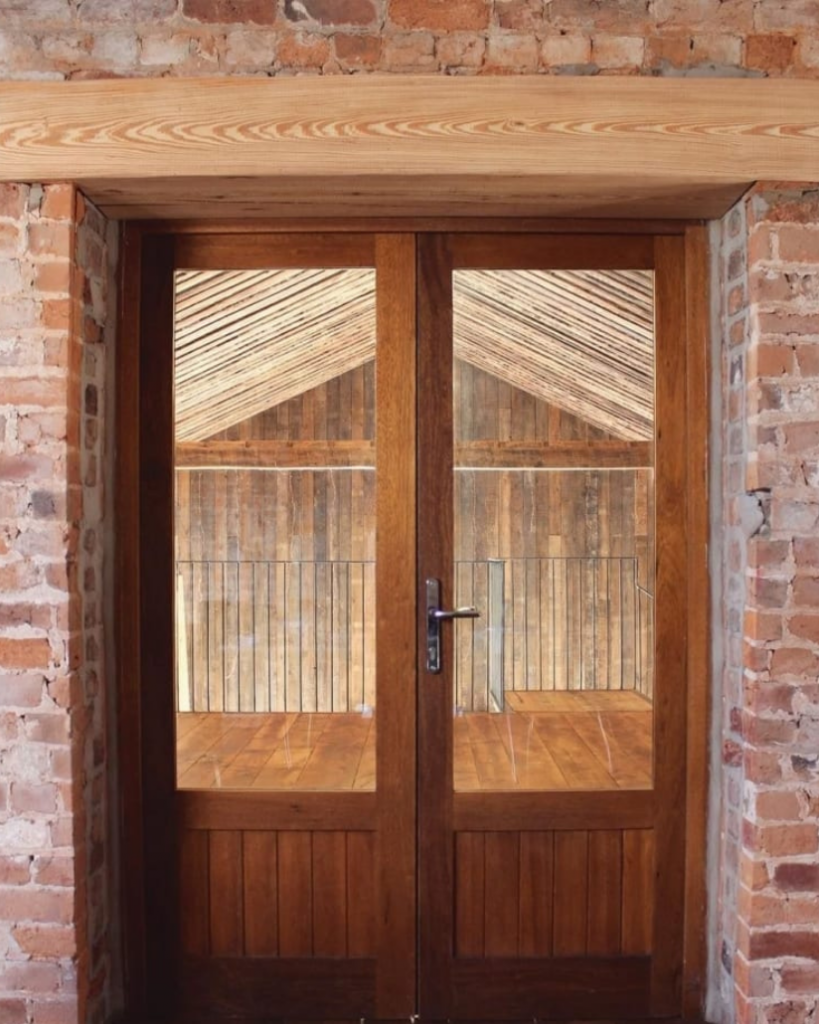
The oldest type of lintel is made of wood, however, it is no longer utilized in construction. Since wood is the primary building material used to construct homes globally, they use wood chunks as lintels. A lintel can be made of a single piece of wood or a collection of wooden pieces joined by bolts.

Because it is a readily available material, stone lintels were always used to span the opening. The strong compressive strength of stone lintels makes them a popular building material.
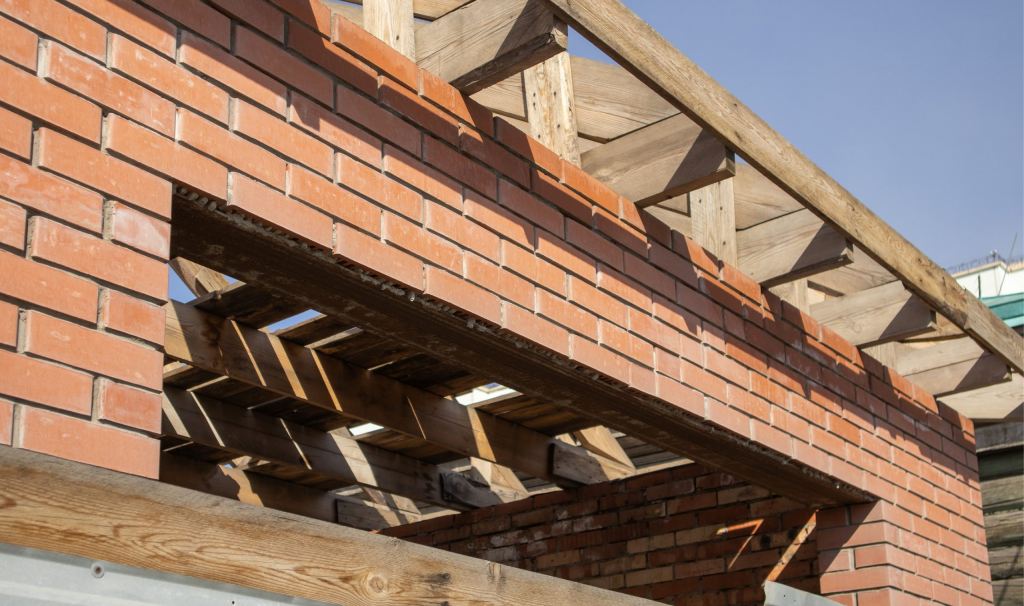
Brick lintels are intended to cross narrow openings with minimal loading. Bricks are typically set on their ends, though occasionally they are laid on their edges, to make up brick lintels. The brick lintel is built above a turning piece, which serves as a temporary wood support.
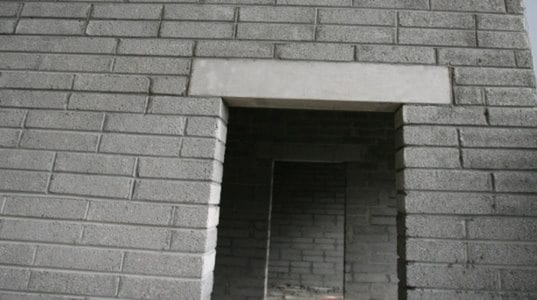
RCC lintels have now supplanted all other lintel materials because they are fire-proof, long-lasting, dependable, and simple to construct. The fact that the RCC lintel can be installed either cast-in-situ or precast is a great advantage. Precast lintels are intended for spans up to 2 metres. On the other hand, if the opening length is greater than 2 metres, the lintel will be built using the cast-in-situ process.

Rolled joists or steel angles are part of the steel lintels. The former is used for heavy loading and large spans while the latter is used for light loading and small spans. The joists are held in place by tube separators that are provided. To shield the steel from rust and fire, the steel joists are set inside the concrete.
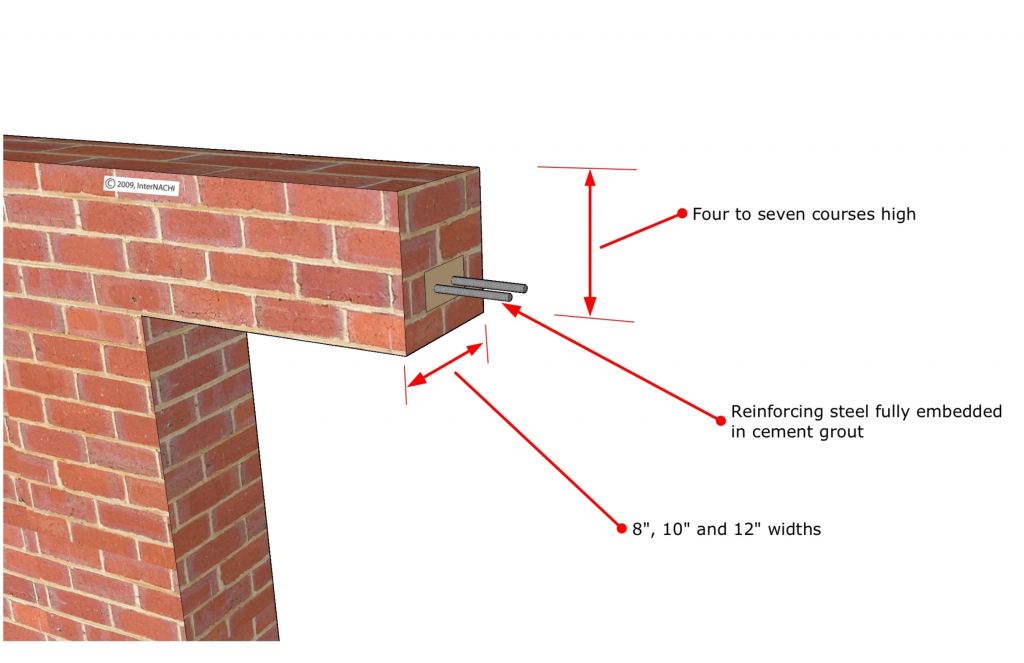
Brick lintels are built quite similarly to R.C.C. brick lintels, with the exception that here high-quality brickwork is used in place of concrete. RCC brick lintels are strengthened with steel bars in the event that they are to be used for bigger spans.
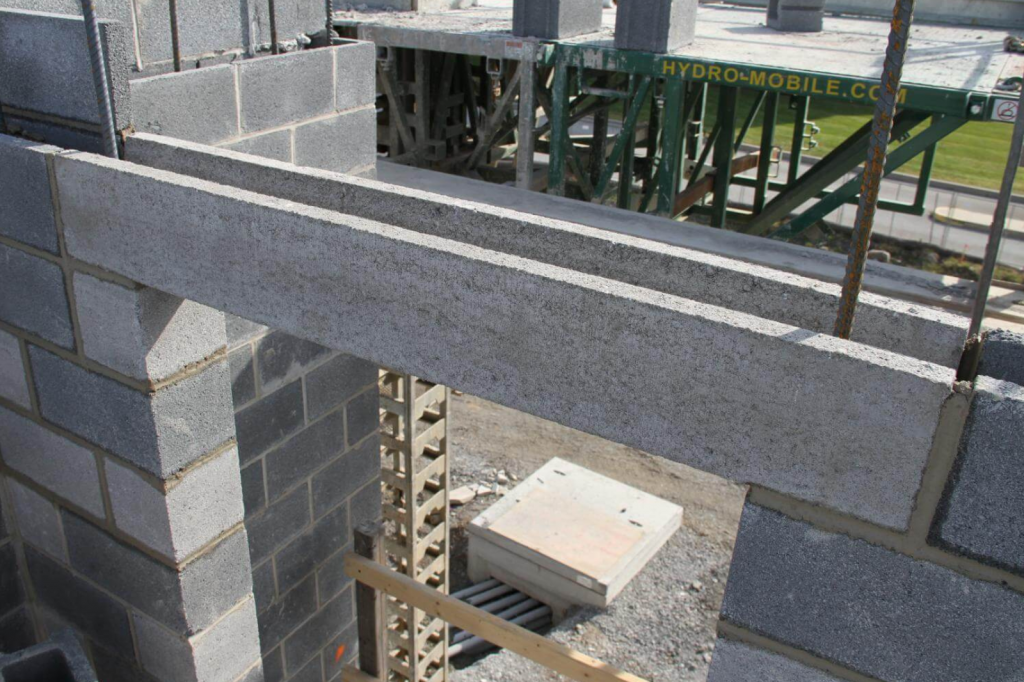
When using precast lintels the hangar bars and top reinforcements can be neglected for one-span members with a light load. All the flexural stresses are taken up by the reinforcements provided ta the bottom of precast lintels. This saves the cost of formwork and labour.
According to the Merriam-Webster dictionary, a lintel is a load-bearing element that is positioned over an entranceway in classical Western construction and architecture techniques. The lintel, also known as an architrave, is a structural component that typically supports a portal or entranceway and is supported by stone pillars or stacked stone columns.
A lintel can also cross the width of a route or road to create a stone lintel bridge or support the chimney above a fireplace. The carved stone lintels’ non-load-bearing design allowed for inventive aesthetic applications of traditional Buddhist motifs in ancient Indian architecture.
In medical applications, lintels may also be employed to lessen dispersed radiation. For instance, high-energy medical linacs will emit active neutrons that will scatter outside the treatment bunker area at a dose rate dependent on the cross-section of the maze. Lintels in the facility’s roof may be visible or recessed, and they can lower the dose rate in the publicly accessible sections by narrowing the cross-section of the maze.
Now, that’s an amazing use of lintel beams!
When openings like doors, windows, etc. are required to create a building structure, a lintel is one form of a beam that is utilized to support the above wall. The main purpose of the lintel is to transfer weights from above the wall to the side walls.
There are two types of box lintels, one that can support 100mm wide walls and the other that support 200mm to 215mm walls. Here’s how the lintel levels for these two walls vary:
The beam bears the weight and transfers it from the slab to the column, then the column to the footing, and lastly from the footing to the soil. In contrast, the lintel transfers the weight of the wall above the openings to the walls alone.
Lintel beams must be propped at no more than 1.2m intervals until the brickwork or concrete above it has fully developed. To add more to it, between l/12 and l/8 of the span, the width of the lintel could be equal to the depth and thickness of the opening. There should be a minimum width of 80mm available.
The length of the lintel in a brick wall is determined by measuring the opening’s overall width and adding 150 mm for end bearings at each end. In a house, a door or window’s soffit level corresponds to the level of the lintel
The only horizontal frames that withstand vibrations are the lintels in a structure. If we remove the lintel and install a steel beam individually at the roof level, this won’t exist.
Start with the shortest drill bit for masonry in your set for drilling into a concrete lintel. The size of the hole you require can be obtained by working your way up from a drill bit of 3mm. The smaller the drill bit, the easier it will be to drill through concrete.
A lintel is a horizontal support that spans between two vertical supports or an entrance in a wall. It is typically utilised over doors and windows, two areas of a building’s structure that are particularly vulnerable.
The load ratio is ordinarily 1:1 when the lintel is supporting just the masonry. For lintels supporting loads from a timber floor, this typically increases to 3:1 (inner to outer leaf), and when a concrete floor is used, it climbs to 5:1. The load ratio for eaves applications is 19:1.
You might not need to install any additional lintels if the building has enough support where the door is located. However, as a result of current building regulations, they are now necessary. Lintels are required for all openings with steel frames wider than 900 mm and all openings with timber frames wider than 600 mm.